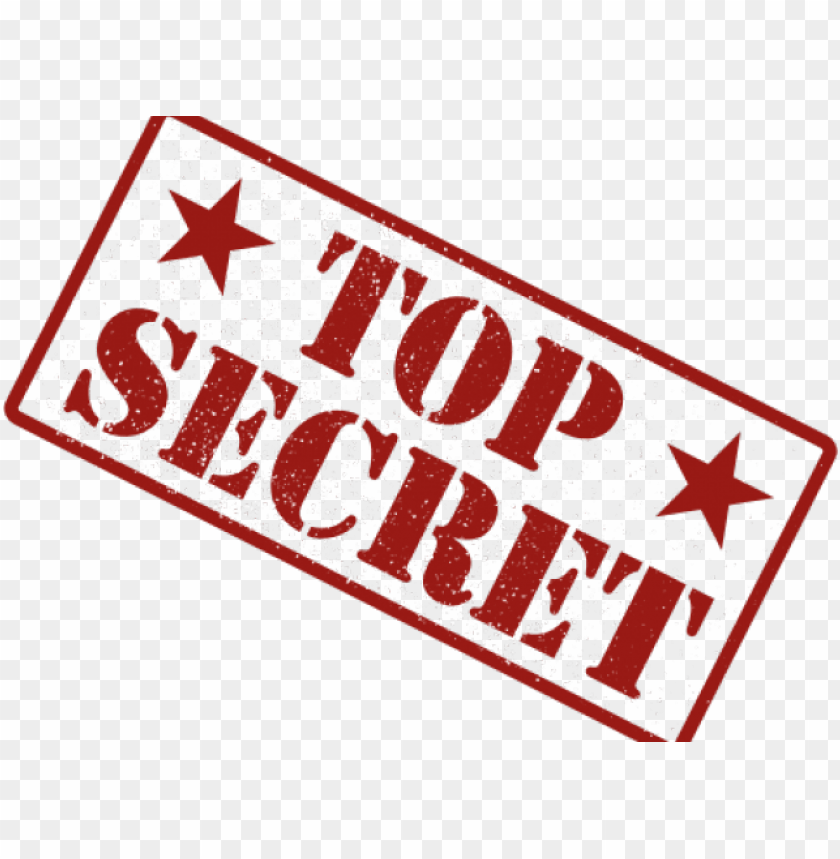Bottled Water: 10 Shockers "They" Don't Want You to Know

American tap water? It's considered some of the safest in the world. Yet countless Americans shun the stuff that flows from faucets and fountains and buy bottled water instead.
What's really in the stuff and why does it cost 3,000 times more than tap?
Here Dr. Peter Gleick, the author of "Bottled and Sold: The Story Behind Our Obsession with Bottled Water," shares 10 of the most shocking facts about bottled water.
The Most Expensive Tap Water on Earth?
Bottled water comes only from pristine streams, right? Not necessarily.
In fact, nearly half of all bottled water is reprocessed tap water, sold at prices up to 3,000 times higher than consumers pay for tap water. And even before the additional processing, the water meets federal water-quality standards.
Crickets in Water and Nobody Told You?
Like any other products, water gets recalled, but more often than not you don't hear much about it.
There have been more than 100 recalls of contaminated bottled water, often months after the products were delivered to store shelves, says Dr. Gleick, who worries that the public rarely gets the memo.
What sorts of contaminants have been found in bottled water?
Benzene, mold, sodium hydroxide, kerosene, styrene, algae, yeast, tetrahydrofuran, sand, fecal coliform and other bacteria, elevated chlorine, glass particles, sanitizer, and crickets, says Gleick.
What Does the Government Really Test?
Think purity standards for bottled water are more stringent than those for tap water? Not so, says Dr. Gleick. Unlike tap water, which is regulated by the EPA, bottled water is regulated by the FDA - and, in addition to allowing for less frequent quality testing, the FDA doesn't monitor some contaminants that may be in bottled water. What's more, the FDA doesn't insist that bottlers provide water quality reports to consumers.
"Our standards for protecting both tap water and bottled water ought to be stricter," says Dr. Gleick. "But tap water is better regulated."
What Does the Government Really Test?
Think purity standards for bottled water are more stringent than those for tap water? Not so, says Dr. Gleick. Unlike tap water, which is regulated by the EPA, bottled water is regulated by the FDA - and, in addition to allowing for less frequent quality testing, the FDA doesn't monitor some contaminants that may be in bottled water. What's more, the FDA doesn't insist that bottlers provide water quality reports to consumers.
"Our standards for protecting both tap water and bottled water ought to be stricter," says Dr. Gleick. "But tap water is better regulated."
Drowning in Bottled Water
Americans buy, consume, and throw away the equivalent of nearly 100 billion 12-ounce plastic bottles of water every year, according to Dr. Gleick's calculations. That translates into roughly 300 bottles for every man, woman, and child. Laid end to end, these bottles would circle the earth more than 600 times - or reach from the earth to the moon and back 30 times.
Bottled Water Doesn't Always Taste Better
In blind taste tests, consumers often cannot tell the difference between bottled and tap water, or between expensive bottled water and cheaper brands.
Different waters have different tastes, depending on the natural minerals found in them. But blind taste test after blind taste test has shown that bottled water is not consistently preferred over tap water.
Few Water Bottles Get Recycled
While most plastic bottles are "recyclable," few are actually recycled. In fact, says Dr. Gleick, about seven of 10 plastic water bottles get incinerated, dumped into landfills - or left as litter.
Most plastic water bottles are made of polyethylene terephthalate (PET). This wonderful plastic (tasteless, clear, light, flexible, strong) could be recycled and made into new bottles, but it isn't. Even the fraction of PET that is recycled ends up being "downcycled" into clothes, carpet, toys, and packaging materials.
Where Does it Really Come From?
Bottled water brand names can be misleading.
We get "Arctic Spring Water" from Florida, "Everest" water from Texas, "Glacier Mountain" water from Ohio and New Jersey, and "Yosemite" water from Los Angeles.
Says Dr. Gleick, more stringent rules about bottled water labels would require honest information on where the water comes from, how it has been treated or processed, and where the consumer can go to get up-to-date and independent information on water quality.
Are Bottles Replacing Fountains?
As bottled water sales have risen in the U.S., public water fountains have been disappearing.
In 2007, for example, the University of Central Florida opened its brand-new 45,000-plus seat football stadium, which had been built without a single water fountain, says Dr. Gleick. In the opening game at the stadium, 78 people had to be treated for heat-related illness.
After the debacle and a Facebook backlash, the stadium installed scores of fountains.
Modern water fountains can chill and filter water and be designed with taps to fill refillable bottles.
Bottled Water Isn't Pushing Aside Soda
The bottled water industry says drinking bottled water is good because it's leading us to cut back on our consumption of soft drinks. In fact, says Dr. Gleick, sales of bottled water and carbonated soft drink are both growing, at the expense of tap water.
Americans now drink more bottled water than milk.
It Takes Lots of Oil to Make Water Bottles
It takes the equivalent of 17 million barrels of oil just to make the plastic bottles for our bottled water consumption in the U.S., says Dr. Gleick, who worries that our demand for bottled water puts pressure on our energy resources and contributes to our dependence on foreign oil.
Pure Water Cleveland Can Help Find the Answers. Contact Us Today.
Post Credit: For Full Article, Click HERE
